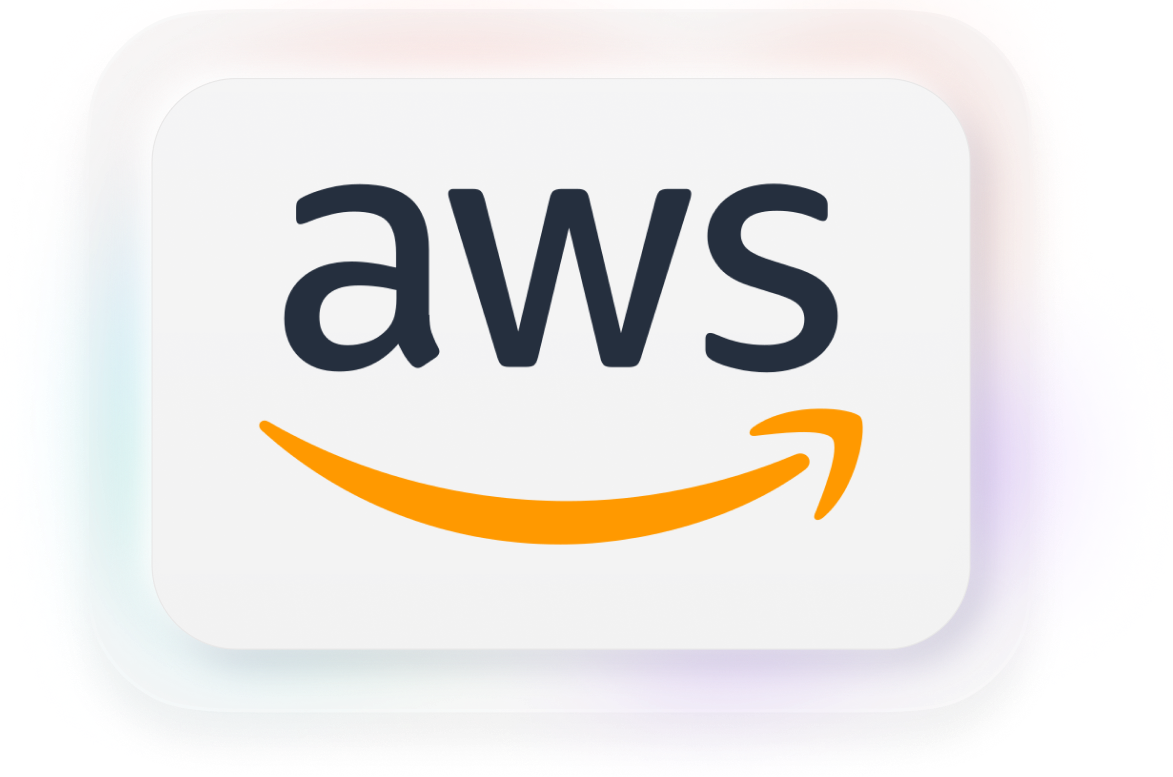Expect the global cloud analytics market size to hit the $65.4 billion mark by 2025. The expected growth is because more companies are realizing that the cloud is an excellent place to run business analytics.
There are several reasons cloud analytics is beneficial for business intelligence nowadays, so read on to find out what this means and why it matters.
What Are Cloud Analytics?
This refers to data manipulation and analysis in the cloud. Data analytics cloud systems empower users with the power of accessing, aggregating, analyzing, and using the data.
Cloud analytics tools let you work with large data sets to identify critical business trends and pinpoint areas that require improvement across your organization. A laptop’s spreadsheet program or on-premise may analyze a few thousand data points. But big data sets, with tens of thousands to millions of inputs, require a better-suited tool.
Use cloud analytics to process big data in a scalable, more affordable means instead of building expensive infrastructure on-site to handle the process. This is just one more reason for leveraging the power of the cloud for your data analytics requirements in business intelligence (BI).
Why Cloud Analytics Is Important
Using cloud analytics makes implementation, management, accessing analytics, and getting feedback easier for everyone. You no longer have to worry about expensive software updates and infrastructure. Individuals in your company have easy access via an approved device.
Analytics means there is more focus on the insights that inform better business decisions. An impressive 54% of business leaders consider cloud BI as critical.
More organizations are turning to data and analytics to streamline their processes and make informed decisions. This means the businesses are turning to cloud analytics to launch and scale their analytics solutions faster but at a reduced IT expense.
Types of Cloud Analytics
There are three options for cloud computing and analytics.
Analytics in the Public Cloud
A public cloud means the provision of computing services over the public internet by a third-party provider. These services are available for anyone for free or paid use.
It is the service provider’s direct responsibility to manage and maintain the systems. While public and private cloud architecture may seem identical, there are critical differences in their respective security requirements.
Using a public cloud means you don’t deal with costly upfront costs to purchase, manage, and maintain your on-site hardware and software infrastructure. The public cloud also allows for rapid deployment and infinite scalability options thanks to the sizes of technology providers. An excellent example of a public cloud is the Oracle Analytics Cloud.
Analytics in the Private Cloud
A private cloud provisions computing and analytical services for one business over a private internal network or the internet. You can manage these cloud services internally or hire third-party providers.
Private cloud analytics provide many of the same benefits as public clouds, including scalability and self-service. But you get higher control and customization services. This makes it possible to implement a greater security and privacy level, especially if compliance is an industry requirement.
However, the extra benefits come with a cost. For instance, the cost and accountability of maintaining a private cloud remain with your internal IT department. Private clouds are slow to deploy and carry the same management, staffing, and maintenance expenses as owning a traditional data center.
Analytics in the Hybrid Cloud
Hybrid clouds provide computing services by combining public and private cloud deployment. Such an arrangement makes sharing applications and data between cloud environments easy.
A hybrid analytics cloud system offers the capacity to scale resources seamlessly from your on-site private infrastructure to the public cloud depending on process computing demand fluctuations.
Most organizations prefer using public cloud resources for non-sensitive computing jobs while maintaining critical business applications in a secure private cloud. A hybrid cloud allows you to scale and meet short-term spikes in resource demand without making a long-term investment.
A hybrid platform offers the best of both worlds. You access the full range of cloud analytics benefits, including scalability and cost-efficiency, paired with low-risk exposure.
Other Cloud Analytics Models
Apart from these three common models, there are lesser-known cloud analytics options, such as:
- Community cloud — A model that shares the infrastructure of businesses with a common concern. This model helps to split the cost of resources between the businesses.
- Multicloud — An option where a disparate cloud combines multiple cloud service providers. It helps reduce reliance on a single service provider while offering increased flexibility.
- High-Performance Computing (HPC) cloud — An option when you require carrying out large-scale research or for solving advanced problems.
- Distributed cloud — A group of machines in different locations but on the same network. The machines may be a public resource or from volunteers.
- Poly cloud — A combination of cloud services from multiple service providers for specific services.
The 10 Big Benefits of Cloud Analytics for Business Intelligence
Cloud analytics is definitely the best service model when analyzing massive data. The premise of this process is providing actionable insight configuration.
The best business intelligence platforms incorporate cloud analytics to offer you several key benefits.
Improved Decision-Making Process
A major benefit of cloud analytics for BI is the ability to make better and more valuable business decisions.
Many organizations are struggling with the changing internal culture that requires all business data to be accessible across the board. When your IT department has sole control over your data, it prevents other departments from working collaboratively or making informed decisions.
Business intelligence platforms that offer automated data reporting processes decentralize your company data. The platforms make the data more digestible to improve decision-making across the departments. This will save you valuable hours of preparing reports and making the information available and useful for everyone.
Cost Savings
While weighing the advantages and disadvantages of using cloud analytics, you need to focus on more than the initial price—consider the return on investment (ROI).
Access to your business data online is easy, saving you time and money in project startups. Plus, most online business intelligence platforms that integrate cloud analytics operate on a pay-as-you-go model. This means you are only paying for what you use.
The pay-as-you-go model also applies to data storage required. For instance, you will only pay for the amount of storage you need when using Google Cloud Analytics. All these factors together mean you are paying lower costs and getting higher returns.
Improved Flexibility
There’s a finite amount of focus in your business to divide all its responsibilities. Your current IT solutions may force you to commit too much attention to data storage and computer issues. This means you are not concentrating on what’s important—achieving your business goals and improving customer satisfaction.
A cloud data solution lets you devote more time to critical business aspects that affect your bottom line. Plus, cloud analytics solutions provide more flexibility compared to hosting data on a local server.
When your business requires extra bandwidth, a cloud service will meet the demand instantly. This is cheaper compared to undertaking an expensive and complex update to your IT infrastructure.
The improved flexibility and freedom make a significant difference to your business’ efficiency. An InformationWeek survey shows that the ability to adapt to business requirements is a priority to 65% of respondents.
Improved Security
Many business managers and owners have security concerns about using cloud-based solutions. After all:
- Are the files, programs, and data in the cloud protected?
- What’s stopping a hacker from accessing the data remotely as you do?
For starters, one of the full-time tasks of a cloud-based document platform like Sizle is monitoring security carefully. Second, a massive percentage of data thefts occur internally or are perpetrated by employees—a fact most businesses don’t like to consider. Check out this article for a list of email security best practices.
The key to cloud repositories is amped-up security supported by data encryption while in storage and transmitting over networks. Encryption makes the information less accessible by hackers or unauthorized people and allows for secure sharing.
Further, most cloud-based services implement multiple security settings based on the user. This ensures secure document sharing with your employees.
Improved Mobility
Storing your data in the cloud allows authorized personnel to access it via portable devices. A critical benefit when you consider that over 6.37 billion people across the world use smartphones.
Busy employees or those who live a long way from your corporate office can use cloud-based services to stay up to date with co-workers and clients. The cloud offers conveniently accessible information via secure sharing to traveling sales staff, remote employees, or freelance staff for a better work-life balance.
Increased Document Collaboration
Cloud providers, such as SAP Analytics Cloud, help in the virtualization of critical business resources. These resources include applications, servers, data storage, and networks, so they work in unison and allow access to information on-demand. Learn more about virtual data rooms (VDRs) and how they can help you manage documents securely here.
The resulting cloud collaboration lets multiple individuals in your business access, review, and edit documents in real-time. However, such a document is always versioning so everyone with secure access can view the changes made. Whether you are working on a contract, business proposal or reviewing last month’s sales figures, all team members work together in real-time.
Cloud collaboration brings several benefits to improve your document workflow, including:
- Higher participation levels because team members have an equal opportunity to offer input
- Improved access to large files and data sets that would otherwise be difficult to access on email servers
- Each employee can see and work on your document projects like they are in the same room but might be continents apart
- Better brainstorming because the cloud facilitates better and secure communication between employees and project managers.
- Accelerated growth and flawless compliance thanks to legally binding digital signatures for important business documents
Automatic Software Updates
When you have plenty to do, nothing is more irritating than having to wait for a software update installation. Cloud business intelligence apps refresh and update themselves automatically without the IT department carrying out a manual organization-wide update.
These software updates save you and your IT staff valuable time and money on external IT consultation.
Improved Disaster Recovery
Control is a critical success factor for any business. Unfortunately, there are few things that may be out of your control. These are factors that may lead to unproductive downtime, which may lead to a negative effect on your productivity, revenue, and business reputation.
Data loss can occur in various scenarios. Ransomware can cause an average of 23 downtime days, and only 45% of businesses have adequate security budgets.
Problems with your local hardware can lead to permanent loss of data. This is common because computers malfunction for various reasons. Anything from simple user error to viral infections and age-related hardware deterioration can lead to expensive downtime and data loss.
Fortunately, there is a way you can speed up your recovery. The best cloud business intelligence platforms make data recovery fast and easy. Data on the cloud is also easily accessible from an internet-enabled computer, even when your regular computer is not working.
Streamlined Operations
Cloud analytics enable streamlining your business intelligence processes. Services such as document analytics will also uncover insights that inform your business decisions.
An agile process lets users ask new questions about the data when required. This is critical for decision-makers looking to explore their data and collaborating with other teams.
A cloud analytics platform also offers tracking mechanisms and a custom report builder to analyze the data organization-wide. These insights help increase your business efficiencies and build action plans that meet the organization’s goals.
Improved Quality Control
Poor quality and inconsistent reporting are detrimental for businesses. A cloud BI platform stores all business documents in a single place and in a single format for secure access.
A built-in file sharing feature means everyone on your team is accessing the same information. This ensures consistency in data, reduces human error, and there’s a logical record of updates and revisions. Conversely, data management in silos can lead to different versions of the same document, which may cause diluted data and confusion.
The Cloud Is the Future
As data volumes increase exponentially, the cloud will be the future of data analytics. Cloud analytics provide agility, faster time to value, and an opportunity to make data-driven business intelligence decisions.
Cloud analytics and document platforms like Sizle can help you share business-critical documents effectively and safely. Get in touch with the company to find out more.
Turn docs into deal intelligence
Sizle shows what really happens after you hit send.
Free 7-day trial
Unlock insights instantly
Join 30,000+ professionals



